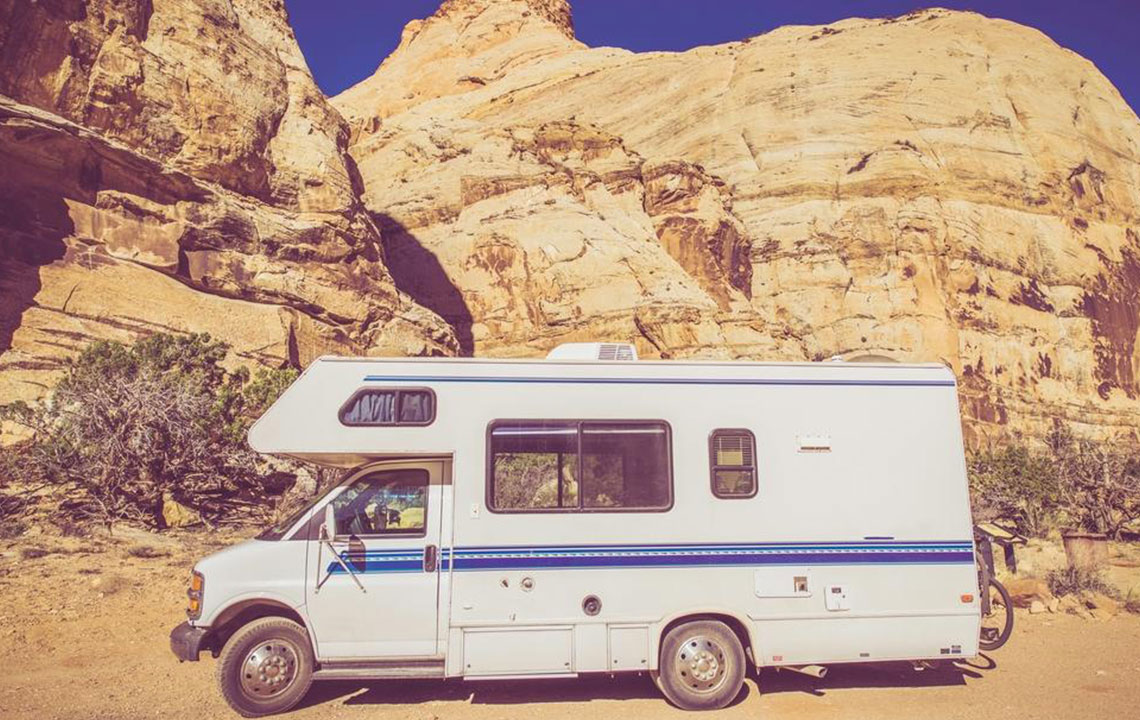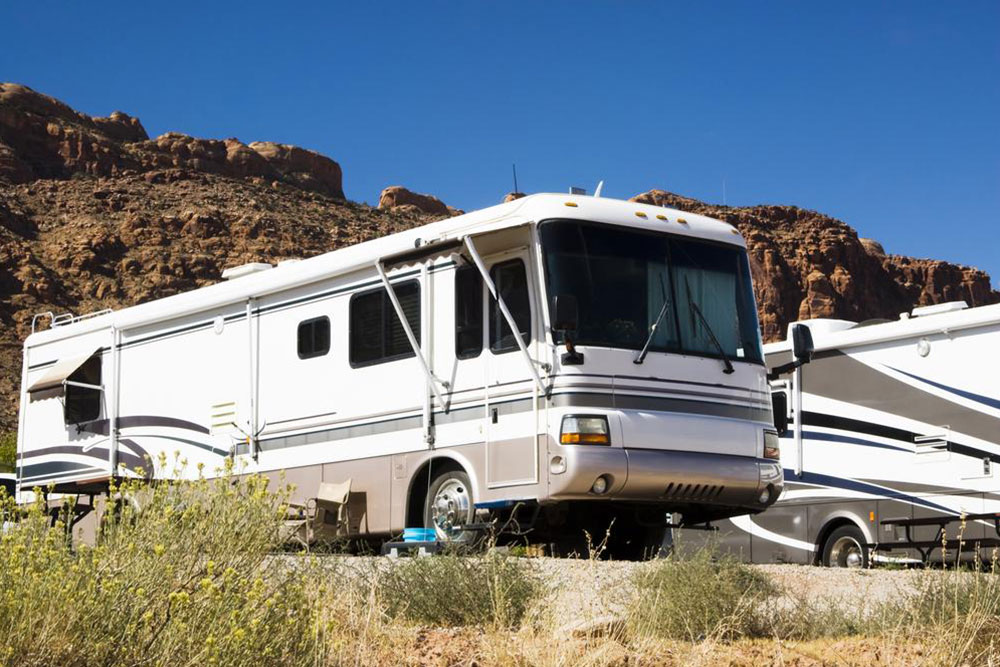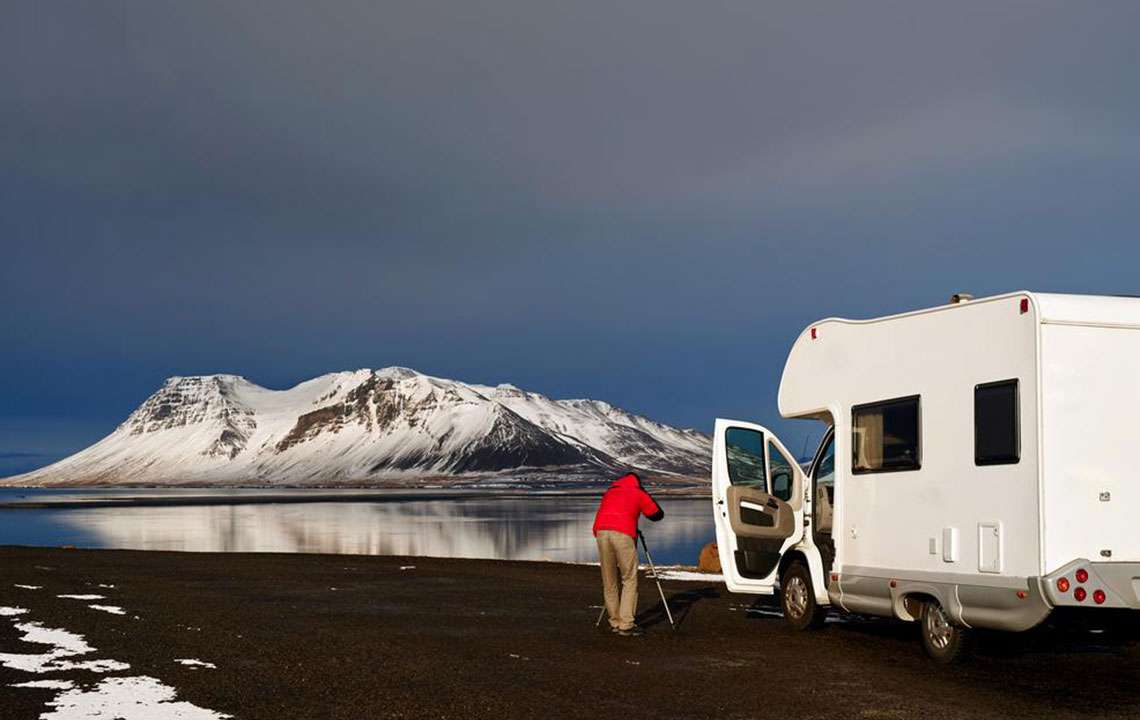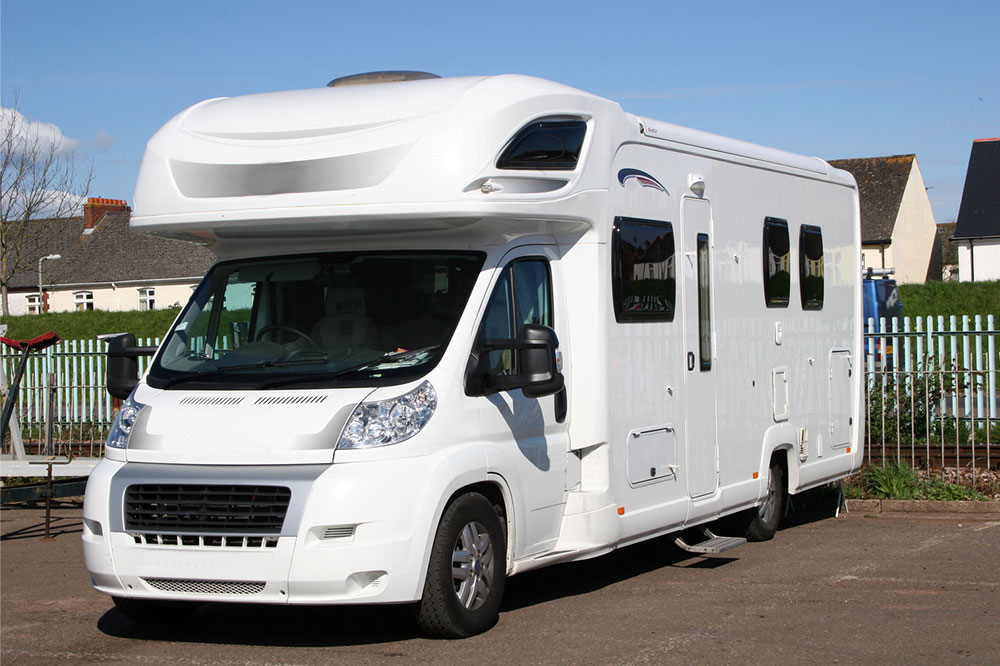The Rise of the Recreational Vehicle Market in the Used Auto Sector
The used RV market is experiencing rapid growth, driven by consumer preferences for flexible, affordable, and customizable travel options. Modern RVs come equipped with luxury amenities like kitchens, bathrooms, and multiple sleeping areas, making them ideal for leisure and full-time living. The secondary auto market offers a wide range of used motorhomes, camper vans, and trailers, attracting diverse buyers worldwide. Advances in vehicle technology and a rising trend in lifestyle mobility are fueling this expansion. This article explores the key features, uses, and market trends of the thriving RV industry within the secondary auto sector.

The Growing Importance of Recreational Vehicles in the Secondary Auto Market
Understanding Recreational Vehicles (RVs)
Recreational vehicles, commonly known as RVs, have become an integral part of modern lifestyle choices, offering a unique combination of transportation and living space. These vehicles, which include camper vans, motorhomes, and caravans, are designed to provide both mobility and comfort, catering to a wide segment of consumers seeking adventure, convenience, and flexibility. The secondary auto market has witnessed significant growth in RV sales, driven by increasing demand for affordable, versatile, and customizable leisure vehicles. This expansion reflects shifting consumer preferences toward experiential travel and remote living options.
Main Features of Modern RVs
Contemporary RVs are equipped with a plethora of luxury features that transform them into compact mobile homes. Key amenities typically include:
A fully functional kitchen with modern appliances
A bathroom with sanitation and water facilities
Multiple sleeping quarters for family or group accommodation
While most RVs are designed as single-deck units, there are premium models known as luxury trailers that feature double-decker configurations, aimed at high-end travelers seeking premium comfort on the go. These vehicles are commonly stationed at campgrounds or used for rentals, allowing owners and renters to customize their setups based on personal preferences and needs. The ability to modify interiors and facilities makes RVs an attractive option for diverse lifestyles.
Used Class C motorhomes dominate the current market landscape, with increasing interest in Class B models as well.
Common Uses and Lifestyle Integration of RVs
Many RV owners pursue a lifestyle centered around travel luxury, with some using these vehicles as their full-time residence. The customization potential ensures that RVs can be tailored for various applications, whether for short vacations or permanent living. They provide unparalleled flexibility, allowing individuals and families to stay close to specific attractions or venture to new destinations extensively. This adaptability has fueled their popularity among adventure enthusiasts, remote workers, and retirees seeking a mobile yet comfortable lifestyle.
In addition, the secondary market has played a crucial role in expanding access to RV ownership. Used RVs are often more affordable than brand-new units, attracting a broader demographic, including younger buyers and budget-conscious travelers. The increasing variety of used models, from compact camper vans to spacious motorhomes, has made RV travel accessible to more people, fostering a new wave of recreational vehicle enthusiasts. This trend is supported by the rising numbers of RV rental services and a growing network of campgrounds and RV parks, which together enhance the overall ecosystem of the secondary RV market.
Furthermore, technological advances in vehicle manufacturing and customization options have propelled the market forward. Enhanced safety features, improved fuel efficiency, and smart home integration within RVs have made these vehicles more appealing. The market's growth is also stimulated by increased media exposure and social media influencers showcasing travel adventures via RVs, inspiring more consumers to consider RV ownership or rentals as part of their lifestyle.
Overall, the secondary auto market’s expansion in RV sales signifies a shift toward more mobile and flexible lifestyles, driven by consumer desire for adventure, independence, and personalized travel experiences. This trend is expected to continue as lifestyle aspirations evolve, and the global travel industry adapts to new demands for versatile and affordable transportation options that double as homes on wheels.




